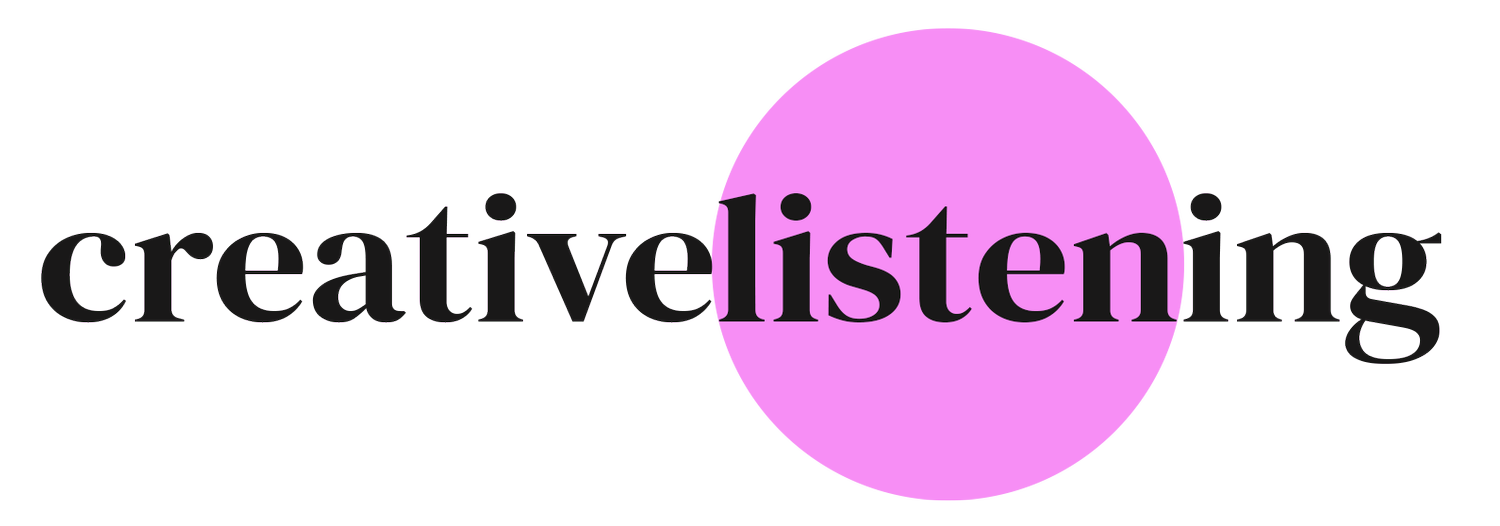5 ways TikTok and other social media are influencing our learning-first videos
TikTok exploded onto the social media scene in 2018 making headlines due to its killer combo of user-friendly video editing tools plus a turbo-powered algorithm. At over 1.7 billion users, the cultural impact of the short-form video social media app is undeniable. Furthermore, with over 32 million posts tagged #LearnOnTikTok, collecting billions of views, it’s safe to say that educational content on the platform has proven pretty popular too.
So what can we learn from TikTok and other social media platforms?
Social media trends evolve very quickly therefore our challenge when it comes to creating educational content is determining how to maintain relevance to audiences who are TikTok natives when we are producing content up to 2 years in advance.
Our approach at Creative Listening isn’t to recreate these platforms but more to use their popularity, creativity, sense of community, authenticity and inclusivity to inform our learning-first videos.
Here are 5 ways TikTok and other social media are influencing our learning-first strategy:
1. Capturing attention with bite-sized learning moments
There’s plenty of talk about shrinking attention spans, but our philosophy remains clear: focus on capturing attention and the spans will take care of themselves.
Capturing attention in a way that best enables students to assimilate learning is what we’re all about. This ethos lies at the heart of the stories we tell, the pace at which we tell them, the emotions we engage through them and the impression our content leaves on learners.
With this in mind, good stories can integrate a series of social media-style bite-sized learning moments into the overall story arc, so this is what we aim to do during scripting.
2. Adopting, adapting and anticipating trends
At Creative Listening, we keep our ears to the ground and our fingers on the pulse. Creativity is what we do best – so we’re well placed to observe the latest learning trends, talking points and social media features, filtering the short-term fads from the long-term trends, integrating them with our educational knowledge and assimilating them into our content.
With our tech-savvy team based in the nexus of the Capital’s creative industries and innovation, we aim not just to follow – but to anticipate and lead. Whilst we don’t have a crystal ball, we can utilise our team’s talents and market research to stay in the know and ahead of the beat with Gen Z.
3. Making learning fun
What makes a TikTok moment viral? This is impossible to know in advance but there are common factors that we can draw on. Viral TikTok posts tend to be comical, silly and playful. These features can be embedded into scripts in advance, whilst our actors and skilled production team can infuse them with the visual playfulness and personality that these short-form videos are renowned for.
Additionally, simple post-production tricks can be utilised to make content more visually engaging, as these platforms do so well. These include tricks like the use of visual stimuli, animations, different aspect ratios and more.
4. The attentional value of catchy sounds
TikTok sounds are a big part of what makes a video go viral. There are a number of popular trends which are mostly focused around remixing songs to make them even catchier and more attention grabbing.
Many popular sounds are either sped up, slowed down or feature vocals from one song over a contrasting instrumental. Sounds are deployed with the catchiest element of the song at the start of the video, bypassing the song’s own structure in order to hook audiences in.
With this in mind, and where appropriate, we can harness this approach by bringing incredibly catchy audio elements to the front of videos, creating an engaging start.
5. Interactivity and creative expression
In the age of the ‘creator economy’ people are just as likely to be creating content as they are consuming it. With educational content for the classroom as it stands, students cannot add comments, like or save the videos. However we would encourage educators to consider how interactivity can be incorporated into the learning user experience as part of the teacher notes or classbook.
For example, students could be encouraged to respond with ‘reaction videos’ or harness their self-expression by creating other forms of content. Even better, sharing with other students around the world would further foster the sense of community that has contributed to TikTok’s success.
These are just some of the ways that we can draw inspiration from the success of social media platforms such as TikTok.
If you’re looking to create social media-inspired video, get in touch.
